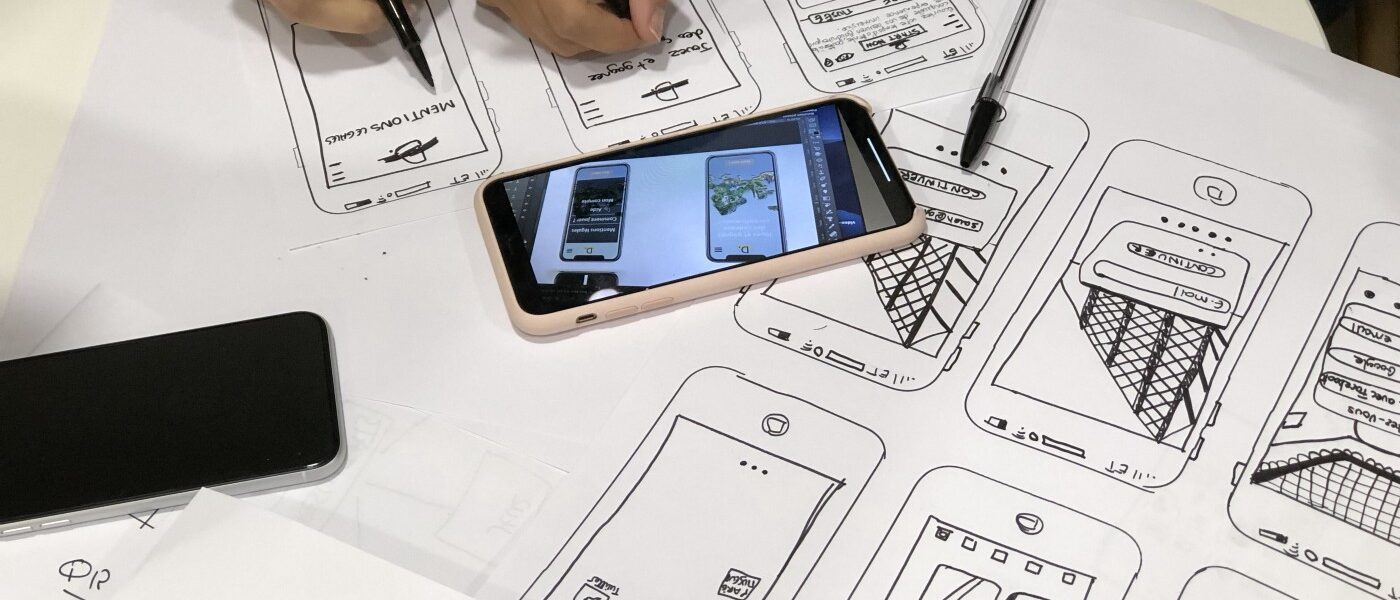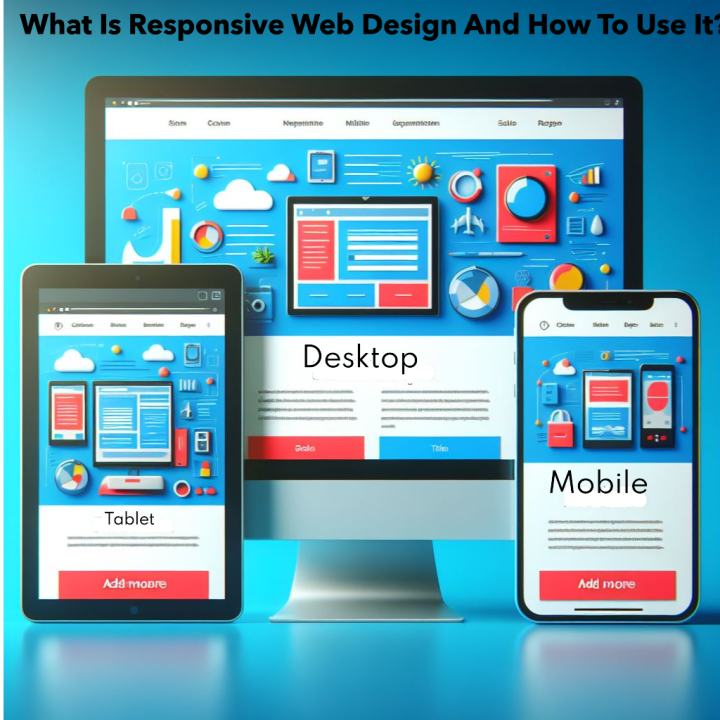The interview, together with the survey, is considered a key tool of UX designer. Through an UX interview, a designer can understand a potential user, identify their needs, problems, and solutions. Sounds like a textbook, doesn’t it? Let’s get to the bottom of what is really an interview and how to use it for UX research.
I am continuing my series of publications that highlight the intricacies and complexities of UX research. I will say at the outset — I insist that the organization, conduct and analysis of research in UX design — is not an easy thing available to any newbee after 3 month courses. UX research should be taken seriously and only then will it yield results. So, let’s go.
Traditionally, the interview method is more popular among marketers and market researchers than in academic sociology. The explanation is simple: the interview gives the opportunity to get a relatively quick result with minimal material costs (of course, because it is not a survey for 1 500 people))).
Preparation and start of interview
The interview, as well as the survey, requires very careful preparation (very, very!!!). What does it mean to prepare for an interview:
- The UX designer’s understanding of the research topic (researcher, if any);
- Writing questions for an interview. For example: «What do you expect from using the product?» «What will you use the product for (what problem do you want to solve)?» «What did you do to solve this problem before?».
I would like to return to the first point in particular, as I did not see its interpretation in similar materials about the interview. But it is very important that the researcher UNDERSTANDS what he is talking about.
If you do not work in a large company, where the roles are clearly allocated and data collection (interview) is done by one person, and analyzes the data of the other, you are doomed to understand the topic of the interview.
In addition, it should be borne in mind that your respondent may be a specialist in the topic you are studying. And, oops, there can be an awkward situation when UX designer «floats» in the topic and can not support the conversation (for example, finance, economic industries such as logistics, medicine, services for the opposite sex and much more). Your happiness, if with the respondent you find yourself on «one wave» and the conversation will be easy. And if not, if the respondent is in a bad mood, or just not a talkative person?
The subjective factor of the researcher and the respondent plays a very important role. As well-known sociologist E. Noel remarked «Interviewers see this process in different ways: interviewees perceive it as live, private and quite casual due to anonymity of conversation; for interviewers it is a prepared survey according to the scheme».
«The interviewer’s effect» can be either positive or negative. The survey results may be influenced by:
- The respondent’s rigidity, especially when it comes to personal/intimate matters;
- Difference in age, wealth (outwardly);
- Language Barrier: The researcher must speak a language that the respondent understands. Do not abuse special terms and, conversely, do not simplify the language;
- Psychophysiological features of the researcher. UX designer often have difficulty constantly conducting interviews with constant motivation to talk. His role requires artistry and lively interest in both the topic and each particular respondent.
An interesting fact: in the professional community it is known about occurrence of the researcher «stereotype of the respondent». This stereotype is based on the external traits, social position or role of the respondent, which leads to biased judgments and interpretation of the respondent’s opinion. The researcher starts to feel that he has fully «understood» the features of this group of respondents, which will eventually lead to distortion of the results of the research.
Where can I find respondents?
There are two simple answers to this question:
- Interview with friends (friends, relatives, colleagues);
- Interview using the method of «street guerrilla» in cafes and other public places.
Professional researchers are divided on whether it is acceptable to involve acquaintances in interviews. The advantages of this approach are that meeting the respondent creates a special trusting atmosphere of ordinary conversation.
Opponents of this position, on the contrary, argue that true sincerity is possible only between strangers (the effect of conversation in a train compartment).
So, there is street guerrilla. Seemingly, what is easier? There’s some money in the pocket for a couple of coffee and desserts — you can sit at any table and do an interview.
At once I want to ask — and many can come and meet the person I like? And even if the first step is taken, the conversation should be arranged. And we go even further — and if it does, will we be in the representative sample we need?
If it is a fitness application for women, the task is easier — choose in the cafe women and start a conversation. What if we’re working on a crypto exchange application project?
User: Stand on his side
In the first place, whatever the circumstances of the conversation, it is important to learn from the user the extent of his awareness of the topic.
Professional sociologists managed to identify the types of respondents:
- Naive type: He speaks directly about himself, expresses what he knows and his point of view. Often they fear that they may give the wrong answer;
- Egocentric type: requires increased attention and interest to oneself. Speaks a lot and is prone to exaggeration;
- A confessor-hungry type: Speaks a lot, should be constantly brought back to the topic of conversation;
- Scientific type: loves validity, logical structure. It is difficult to deal with, as if the researcher makes a mistake, the researcher loses credibility and the interview will be spoiled;
- Type of sophist: Often changes opinions and valuations. Makes contradictory judgments.
We must never forget that the interview situation is a real situation in a particular social environment. What matters is the real environment, the presence of third parties, the place and time of the interview.
Check list in preparation for the interview
- Explore the topic of the interview. Who are the competitors in the market, what are their advantages and disadvantages. Understand that the developers of your product plan to get at the output.
- Questions for the interview. The fundamental difference between the interview questions and the questionnaire — the interview allows you to ask clarifying questions: why, and do you think, or is it possible to do otherwise?
- Determine the correct location of your respondents. So, if we study young people, it can be a student cafe. If we are studying the use of cryptocurrencies or business tools, public spaces around business centers are quite suitable.
- The appearance MUST be neat and neutral.
- Minimum of personal emotions during conversation, except benevolence. Maximum attention and tact.
Conclusion
It is not possible to give a full overview of such an important research method as interview in one article. However, I have tried to give an overall picture of the preparation and conduct of the in-depth interview in the UX research.
And remember, dear colleagues, without qualitative research of user experience we remain only graphic designers. No less, but no more.


